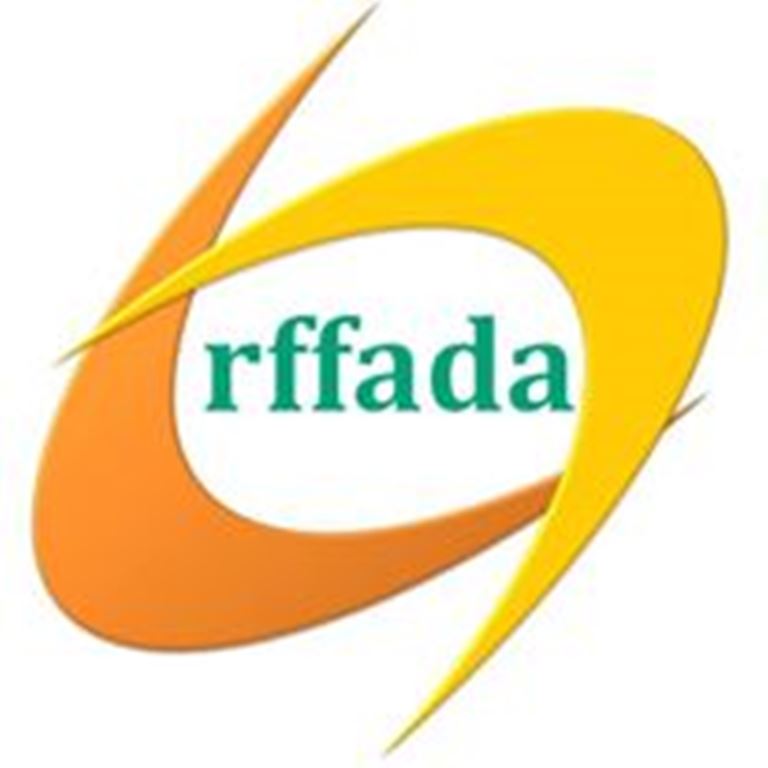Journal of Language and Communication Disorders – Comparing narrative storytelling ability in individuals with autism and fetal alcohol spectrum disorders
While many aspects of narrative discourse in the autism and FASD groups were similar to each other and to the comparison group, we observed group differences on global measures of narrative production and significant individual variability within groups, suggesting that narrative abilities considered at an individual level may provide important clinical information for intervention planning.
https://onlinelibrary.wiley.com/doi/abs/10.1111/1460-6984.12964
Maternal and Child Health Journal – Combining Physician Expertise and Women’s Lived Experience to Educate Health Professionals about Preventing Fetal Alcohol Spectrum Disorders. Combining physicians’ expertise with mothers’ personal stories of lived experiences of FASDs directed at residents, who are more reflective and open at this phase of their careers, moved them from a fact-based to an empathy-based approach to learning that is critical to address the stigma surrounding women who may be using alcohol or struggling with an AUD during pregnancy.
https://link.springer.com/article/10.1007/s10995-023-03786-2
Children and Youth Services Review – Transitions into Adulthood for People with Fetal Alcohol Spectrum Disorder: A Scoping Review of Promising Practices
Recommendations from included studies highlighted the importance of programs and supports that demonstrate an understanding of FASD and emphasize relationship-building, the benefits of obtaining an FASD diagnosis, the notable gap in services for individuals who have transitioned to adulthood, and the importance of consistent advocates in the lives of youth with FASD.
https://www.sciencedirect.com/science/article/pii/S0190740923004358
Birth Defects Research – Increased incidence of renal and urinary tract anomalies among individuals with fetal alcohol spectrum disorders (FASD). RUTA occurred more frequently among patients with FASD compared to the control group, and decreased kidney size was also demonstrated among patients with FASD. However, impaired kidney function and the risk of hypertension were not observed.
https://onlinelibrary.wiley.com/doi/abs/10.1002/bdr2.2259
Europe PMC – H – 50 Fetal Alcohol Spectrum Disorders and the Criminal Justice System: a Case Study. In the case of Starwars, the referral question sought to establish an MSE-Offense. Considering the probable prenatal alcohol exposure, established behavioral deficits, neurodevelopmental disorder, and cognitive profile – Starwars’ ADHD and probable Alcohol- Related Neurodevelopmental Disorder, may have significantly impacted Starwars’ ability to appreciate the nature and quality or wrongfulness of his actions.
https://europepmc.org/article/med/37807533
Children and Youth Services Review – Parent views on the educational experience of students with Fetal alcohol spectrum disorders: Advocacy, Inclusion, and collaboration. School-based teams are encouraged challenge their thinking of inclusive practices beyond legal requirements and advocate for practices that embody building a systems perspective which values family voice as a central tenant of change.
https://www.sciencedirect.com/science/article/abs/pii/S0190740923003882
Pediatric Research – Breastfeeding and neurodevelopment in infants with prenatal alcohol exposure. There was a significant joint effect of PAE and breastfeeding on infant neurodevelopment at six and 12 months. Breastfeeding may provide distinct benefits to infants exposed to high levels of PAE.
https://www.nature.com/articles/s41390-023-02848-z
bioRxiv – The impact of prenatal alcohol and synthetic cannabinoid exposure on behavioral adaptations in adolescent offspring and alcohol self-administration in adulthood. Prenatal exposure to alcohol or cannabinoids can produce enduring neurobiological, cognitive, and behavioral changes in the offspring.https://www.biorxiv.org/content/10.1101/2023.10.09.561571v1.abstract
Drug and Alcohol Review – Uptake of mandated pregnancy warnings in the Australian alcoholic ready-to-drink beverage market. Two years into the three-year implementation period for the mandatory pregnancy warning, only around one-third of the assessed RTD products exhibited compliance.
https://onlinelibrary.wiley.com/doi/full/10.1111/dar.13758
Human Brain Mapping – Examining the effects of prenatal alcohol exposure on performance of the sustained attention to response task in children with an FASD
These findings show that children 8–12 years old with an FASD diagnosis have decreased amplitudes in BA44 during SART random order, and that these deficits are associated with multiple behavioral measures.
https://onlinelibrary.wiley.com/doi/full/10.1002/hbm.26501
AIDS and Behavior – Effects of Maternal HIV Infection and Alcohol Use in Pregnancy on Birth Outcomes in Uganda. Alcohol use and HIV infection are prevalent in sub-Saharan Africa (sSA), and both are associated with low birth weight. Yet, few studies have evaluated the combined effects of maternal HIV infection and alcohol use on birth outcomes.
https://link.springer.com/article/10.1007/s10461-023-04181-2
Journal of Clinical Medicine – Impaired Executive Functioning Associated with Alcohol-Related Neurocognitive Disorder including Korsakoff’s Syndrome. Findings suggest equivalent levels of executive function in ARCI and KS patients. Our results highlight executive function as a significant hallmark of alcohol-induced neurocognitive disorder and stipulate the importance of early assessment and evaluation of skills to guide treatment.
https://www.mdpi.com/2077-0383/12/20/6477
Frontiers in Neuroendocrinology – The interaction of genetic sex and prenatal alcohol exposure on health across the lifespan. Understanding how sex and PAE interact to affect offspring health outcomes across the lifespan is critical for identifying the full complement of PAE-associated secondary conditions, and for refining targeted interventions to improve the quality of life for individuals with PAE.
https://www.sciencedirect.com/science/article/pii/S0091302223000511?via%3Dihub
Canadian Graduate Journal of Sociology and Criminology – ‘Now what?’: An examination of ongoing gaps post-diagnosis for justice-involved youth with FASD. We aim to highlight areas for further consideration when working with justice-involved youth with FASD, namely, gaps in early assessment and implementation of supports, needs to increase parent and caregiver capacity to maintain residential stability, and efforts to support desistance from crime in the context of an FASD diagnosis.
https://openjournals.uwaterloo.ca/index.php/cgjsc/article/view/5261

